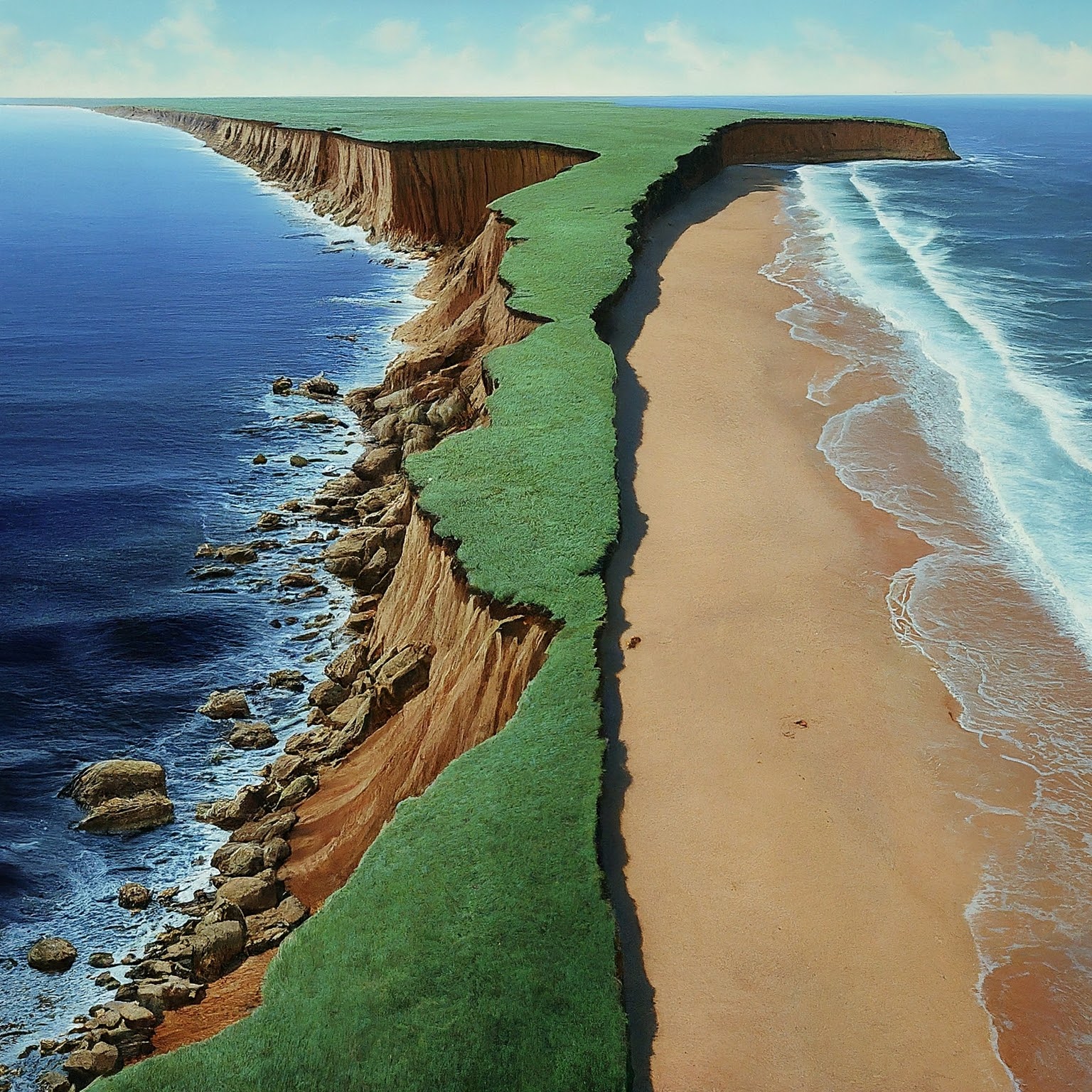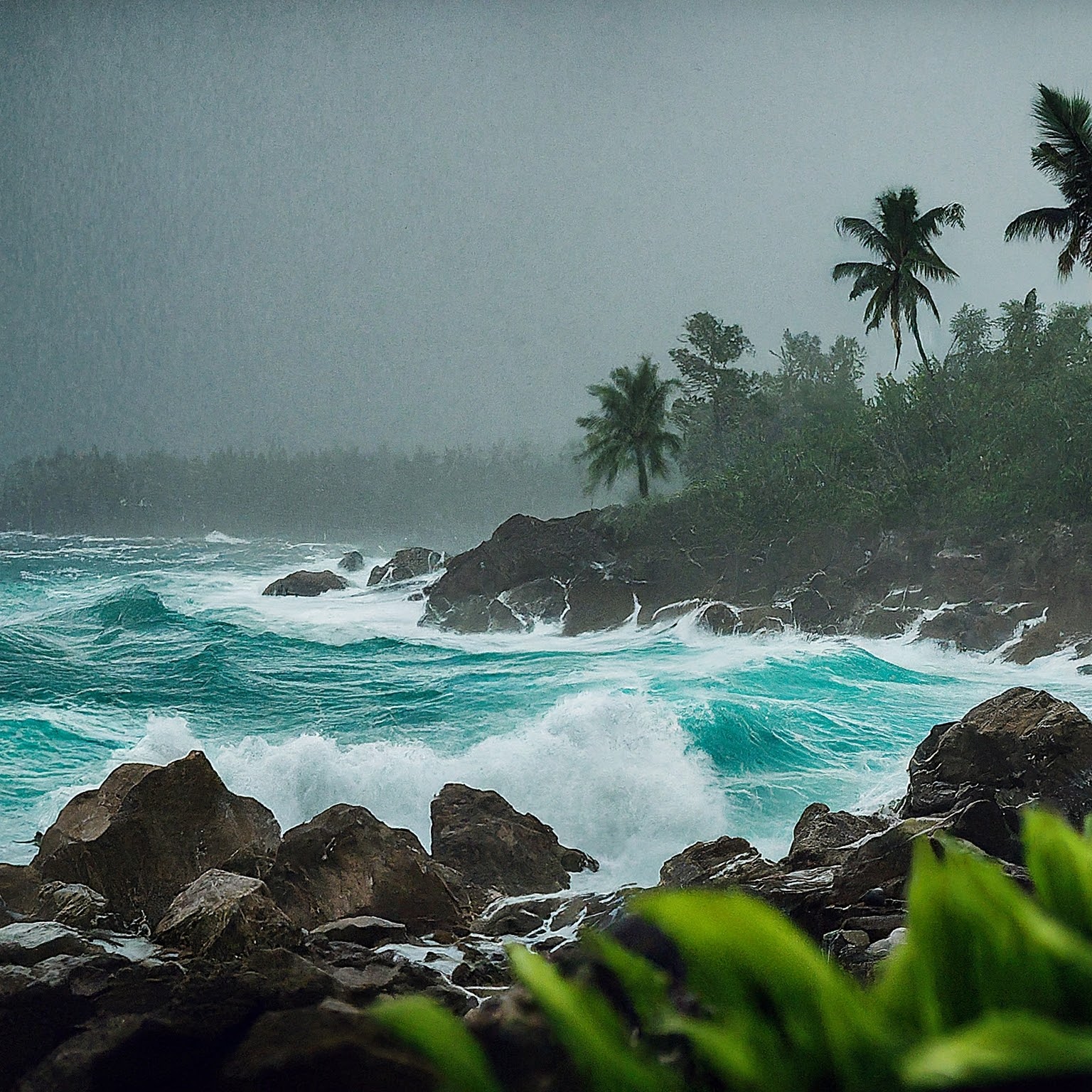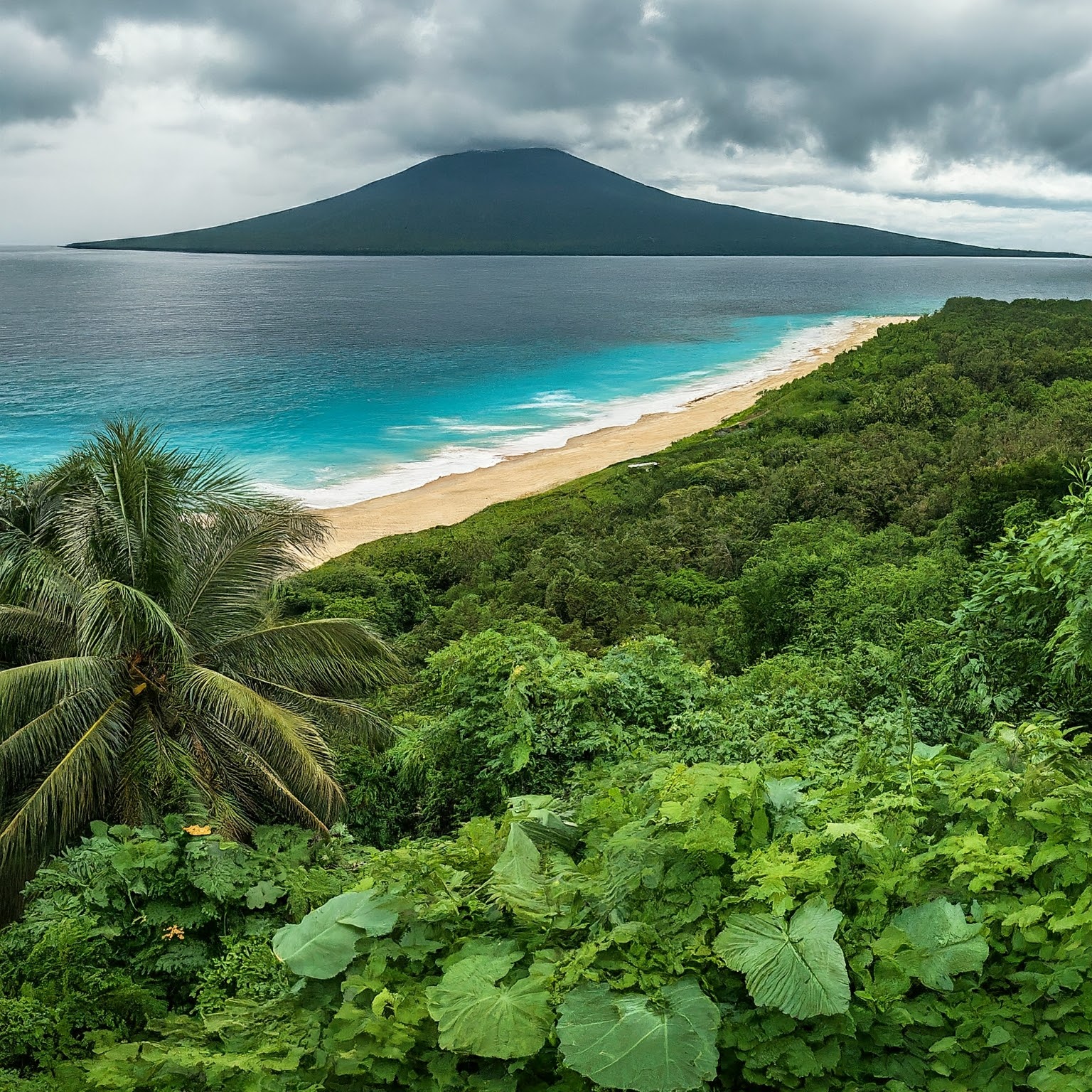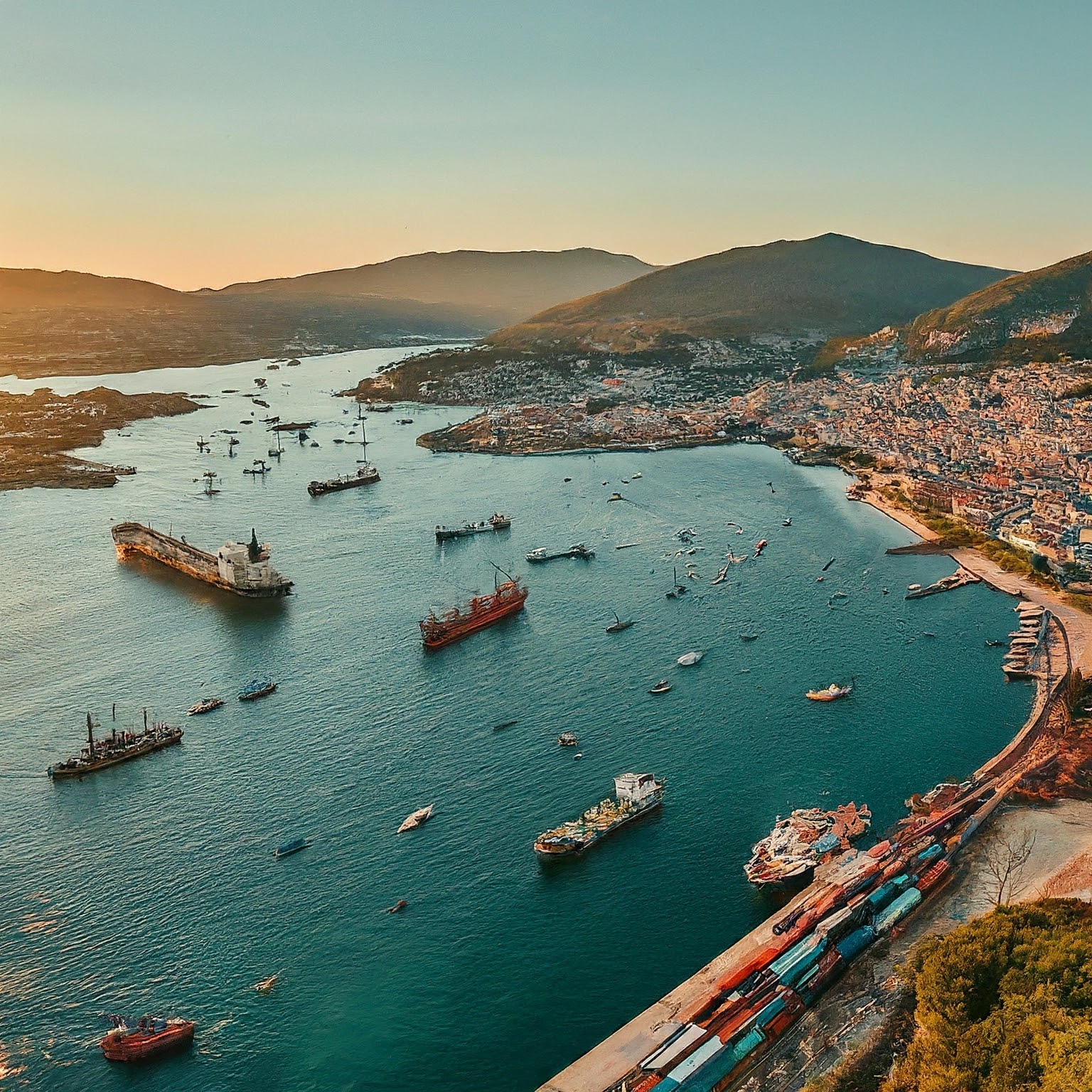The coastal region refers to the interface between land and sea. It covers the the shoreline and adjacent land areas influenced by marine processes. It is characterized by a diverse range of physical, biological, and human elements that interact to create dynamic environments.
Coastal Region
| Landform | Climate | Biodiversity |
|---|---|---|
| Shaped by Erosion and Deposition | Mild Temperature and High Humidity | Rich |
Table of Contents
Physical Characteristics of Coastal Region
Landforms: Coastal regions feature a variety of landforms shaped by geological processes and the action of waves, tides, and currents. These include beaches, cliffs, bays, estuaries, deltas, and barrier islands.

Coastal Processes: Dynamic processes such as erosion, sedimentation, and coastal deposition continuously shape the coastline. Factors such as wave action, tidal currents, and sea-level changes drive these processes.
Climate: Coastal climates are influenced by their proximity to the ocean, resulting in mild temperatures, high humidity, and moderate rainfall. However, variations occur based on factors like latitude, ocean currents, and local geography.

Biodiversity: Coastal regions support rich biodiversity, including marine and terrestrial ecosystems such as mangroves, salt marshes, coral reefs, and sea grass beds.

Human Interactions
Settlements and Urbanization: Coastal areas are often densely populated due to their importance for trade, transportation, and recreation. Major cities and urban centers are commonly found along coastlines, leading to issues related to land use and infrastructure development.
Economic Activities: Coastal economies rely on activities like fishing, aquaculture, tourism, shipping, and industry. These activities provide livelihoods and contribute to economic growth but can also impact coastal ecosystems.

Recreation and Tourism: Coastal areas attract tourists for activities like swimming, surfing, snorkeling, and beachcombing. While tourism is beneficial economically, it can also put pressure on coastal ecosystems and infrastructure.
"Large Infrastructure development and over-fishing is a threat to the coastal biodiversity"
Environmental Challenges: Coastal regions face challenges such as erosion, habitat degradation, pollution, and climate change impacts. Human activities like coastal development, overfishing, and pollution exacerbate these challenges.
In conclusion, the coastal region is a complex environment shaped by physical, biological, and human factors. Managing these interactions is essential for sustainable development and conservation, ensuring the resilience of coastal ecosystems and communities in the face of environmental change.